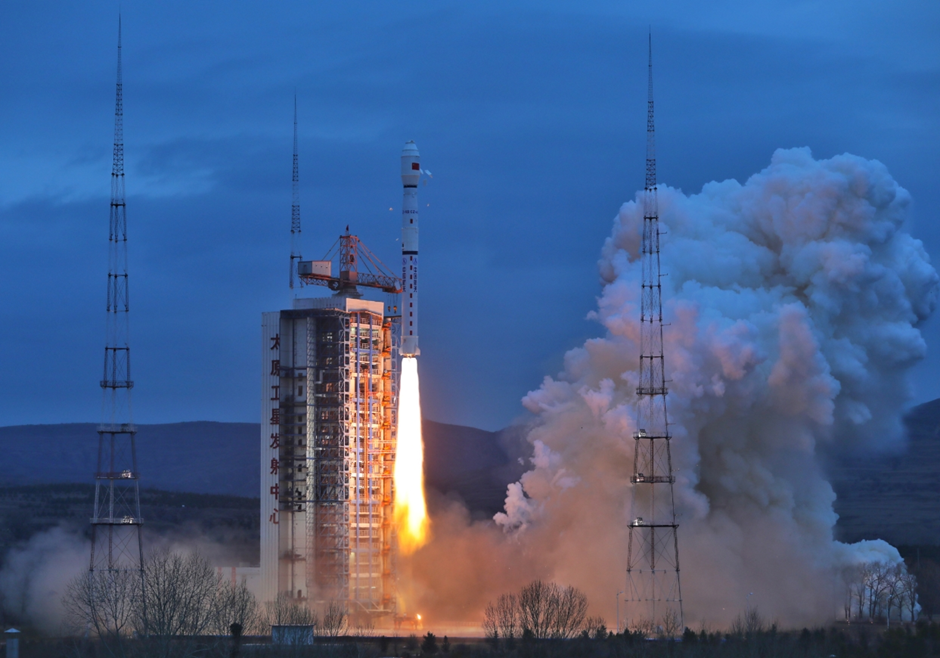
Introduction
Startups are increasingly becoming key players in space and hypersonic technology innovation worldwide. In East Africa, a new generation of entrepreneurs and engineers is leveraging local ingenuity, global partnerships, and digital tools to enter high-tech industries traditionally dominated by established international corporations. These small but ambitious companies are creating solutions tailored to the region’s economic, environmental, and security needs.
Emerging Startup Ecosystem
Countries like Kenya, Rwanda, and Ethiopia have seen the rise of aerospace and technology-focused startups that are working on satellite-based services, drone technology, and advanced data analytics. Many of these startups operate within innovation hubs and tech parks, benefiting from shared facilities, mentorship programs, and access to funding competitions.
Government-backed incubators and private accelerators are increasingly supporting entrepreneurs with training in business development, regulatory compliance, and technical skill-building.
Focus on Local Solutions
Unlike larger aerospace firms, East African startups often prioritize solving local challenges. For example, companies developing satellite imagery services tailor their products for agriculture, urban planning, and disaster management in the region. Drone startups are designing cost-effective aerial delivery systems for healthcare supplies in remote areas, addressing gaps in transport infrastructure.
This local-first approach ensures that innovations are not only technically advanced but also socially impactful.
Collaboration with International Partners
To compete globally, many startups in East Africa seek partnerships with foreign space agencies, universities, and private investors. Such collaborations can provide access to cutting-edge technology, expertise, and funding. For instance, joint projects with European and Asian partners have enabled East African startups to participate in satellite co-development programs and contribute to international research initiatives.
These collaborations also help startups navigate complex regulatory frameworks and meet international quality standards.
Overcoming Challenges
Despite their potential, aerospace and hypersonic startups in the region face significant challenges. High capital requirements, limited access to testing facilities, and a shortage of specialized engineers can slow progress. Additionally, the absence of robust intellectual property protections can deter innovation.
However, creative financing models, such as crowdfunding and impact investment funds, are emerging as alternatives to traditional venture capital.
Government and Policy Support
Policymakers can play a major role in fostering startup growth in high-tech industries. Establishing clear regulations for drone operations, spectrum usage, and satellite licensing can reduce uncertainty for entrepreneurs. Tax incentives and grant programs specifically aimed at aerospace startups could further stimulate innovation and attract private investors.
The Road Ahead
As technology becomes more accessible and costs continue to drop, East African startups have a real opportunity to position themselves in the global space and hypersonic sector. By focusing on local challenges, building strategic partnerships, and advocating for supportive policies, these startups can become catalysts for both technological and economic growth.
Conclusion
The entrepreneurial spirit in East Africa is paving the way for significant advancements in space and hypersonic technologies. While challenges remain, the combination of local innovation, international collaboration, and supportive policy frameworks could transform small startups into key drivers of the region’s high-tech future.


